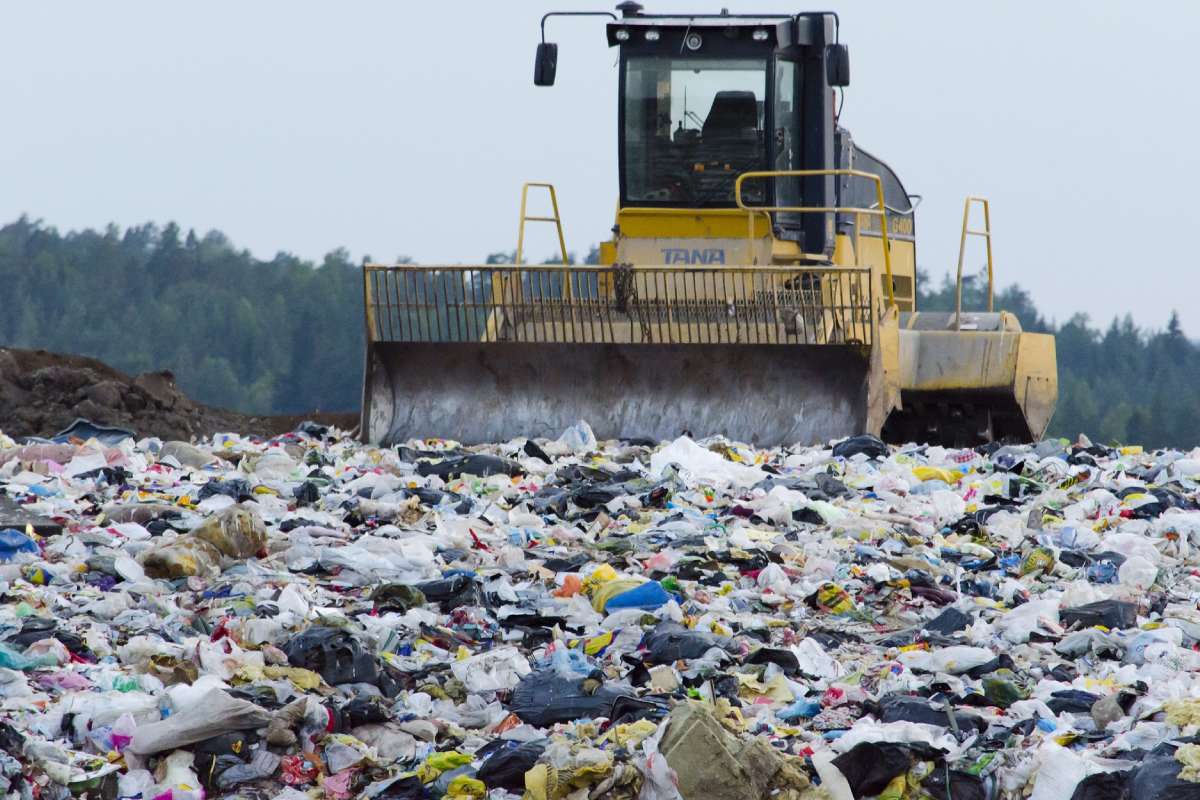With an increasing population and a longer-living society, the amount of waste we produce has rocketed — and it’s only going to get worse. When more waste is produced, it creates a domino effect of problems. The larger amount of waste we generate will lead to the pollution of land, air and water which in turn changes environments and makes it more difficult for different species to survive.
It’s a big issue that needs to be tackled, but first we need to acknowledge the problem. That is why we have teamed up with waste management experts, Reconomy who are great on skip cost to look at how much waste the most populated countries around the globe are producing.
Top 10 populated countries and the waste they produce
It has been reported that every year countries generate 1.3 billion tonnes of waste. Although this figure may seem high, it’s expected to rise to 4 billion by 2100, according to Ede Ijjasz-Vasqez from the Urban, Rural and Resilience Global Practice. But where is all this waste coming from?
To analyse this, we’ve looked at the top ten countries with the highest populations to see how much waste they are producing and to verify whether an increased population is the deciding factor to the amount of waste they produce.
China
We found that China produces approximately 300,000,000 tonnes of municipal solid waste per year. When we looked to see if the government is taking any steps to tackle this issue, we found that China has plans to spend a much-needed £28 million throughout 2020. It has been reported that two-thirds of this budget will go towards harmless ways to dispose of household waste — including the build of incinerators and landfills.
The United States of America
In second place was the USA, producing 228,614,990 tonnes of municipal solid waste per year. There is a group named the Food Loss and Waste 2030 Champions which consists of different businesses that have made a public commitment to reduce waste in the USA by 50% by 2030. This is a step in the right direction for businesses that want to make a difference.
India
In third place is India, generating 226,572,283 tonnes of municipal solid waste each year. The Indian government have proposed that they build 100 incineration plants to tackle the waste problem in the country, which they also plan to produce energy from. Although this is one step forward for India acknowledging the problem, scientists have said that the idea is flawed.
Brazil
In fourth place was Brazil which produces 62,730,096 tonnes of municipal solid waste each year — a significant drop compared to India. There has been no recent news of whether Brazil is tackling this issue progressively, however, on the eve of the Rio Olympics, around 50% of the sewage problem was cleaned up.
Indonesia
Indonesia came fifth, as it produces 59,100,000 tonnes of municipal solid waste each year. With some of the world’s most beautiful oceans, Indonesia has invested £1 billion to reduce the amount of waste going into the water. They also have an aim to reduce their waste by 70% by 2025.
Russia
In sixth place was Russia with 48,256,200 tonnes of municipal solid waste each year. However, the country has a recycling target of somewhere between 60-70% including energy to waste rates by 2025 in two of its most popular cities — Moscow and Saint Petersburg. They also want to achieve recycling rates up to 30-40% in other areas that have populations of over 500,000 people.
Mexico
In seventh place, Mexico produces about 39,385,595 tonnes of municipal solid waste each year. It has been reported that Veolia, a French waste company, has signed a $1 billion contract with Mexico City for a waste incinerator to be built by 2020.
Nigeria
In eighth place, Nigeria produces 25,000,000 tonnes of municipal solid waste each year. There are no plans set in stone from the Nigerian government, however, we found that an American company is investing £341 million into waste management strategies in Osun state.
Bangladesh
In ninth place we have Bangladesh which produces 22,528,901 tonnes of municipal solid waste each year. Bangladesh has plans to build its first waste-to-energy plant and the country should reap the benefits, as this type of system has worked in other countries. In January 2016, 24% of people in Bangladesh did not have access to electricity so this new initiative should work wonders.
Pakistan
In tenth place, out of the top ten populated countries of the world, came Pakistan which produced 20,000,000 tonnes of municipal solid waste each year. Although there have been no plans promoted by the government of Pakistan, one city has sealed a deal with a Chinese contractor to clean up the bad waste in two districts — it is reported that the company will send over 200 machines to help.
But where does the United Kingdom stand?
Although the United Kingdom does not make it into the top ten most populated countries, it would be interesting to know where it stands with waste as one of the most productive countries in the world. The United Kingdom produces approximately 30,475,668 tonnes of municipal solid waste. This beats Nigeria, Pakistan and Bangladesh in our rankings above showing that population size alone isn’t the key factor in waste production. Productivity, legislation, technological advances and even a countries infrastructure can contribute greatly in the amount of waste that they produce.
Sources:
http://www.atlas.d-waste.com/
http://www.atlas.d-waste.com/#globalChartsTab
You are reading Which countries are producing the most waste?


